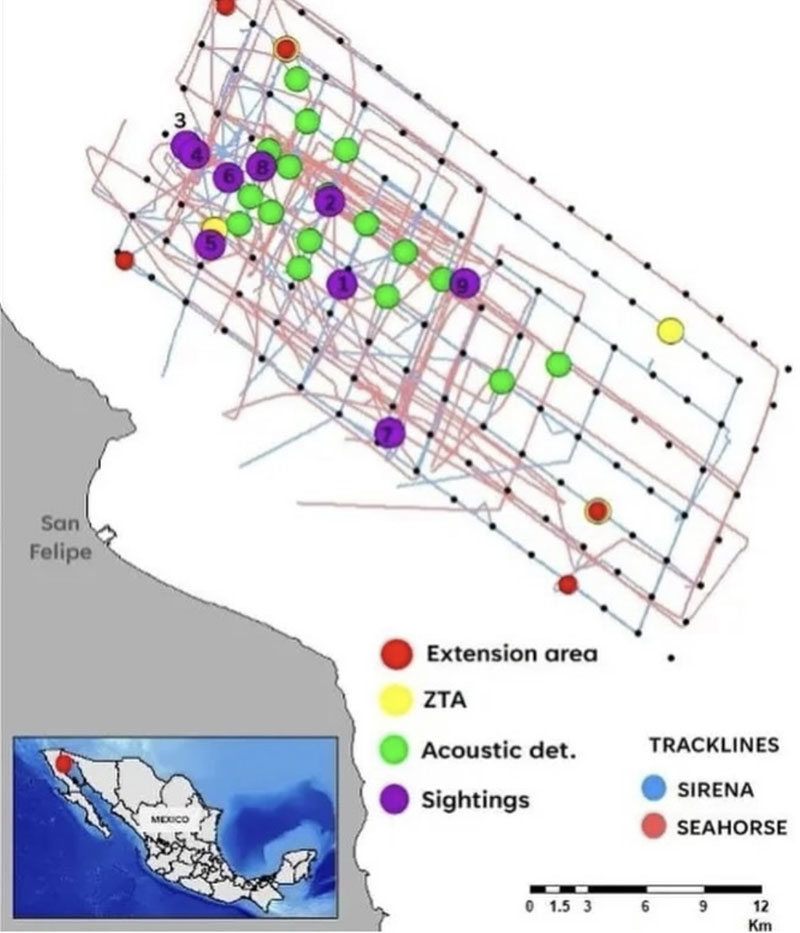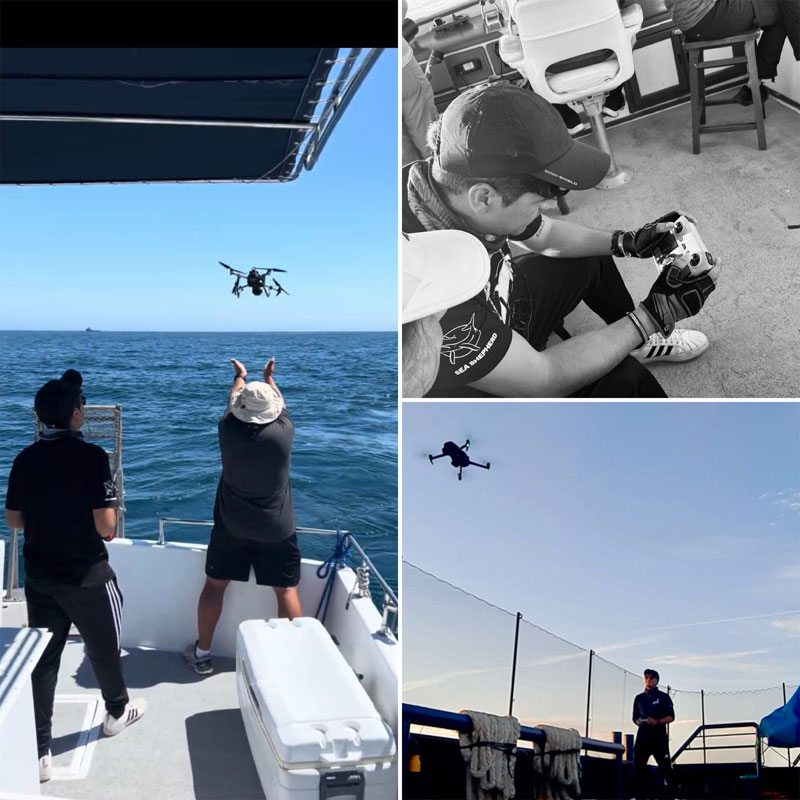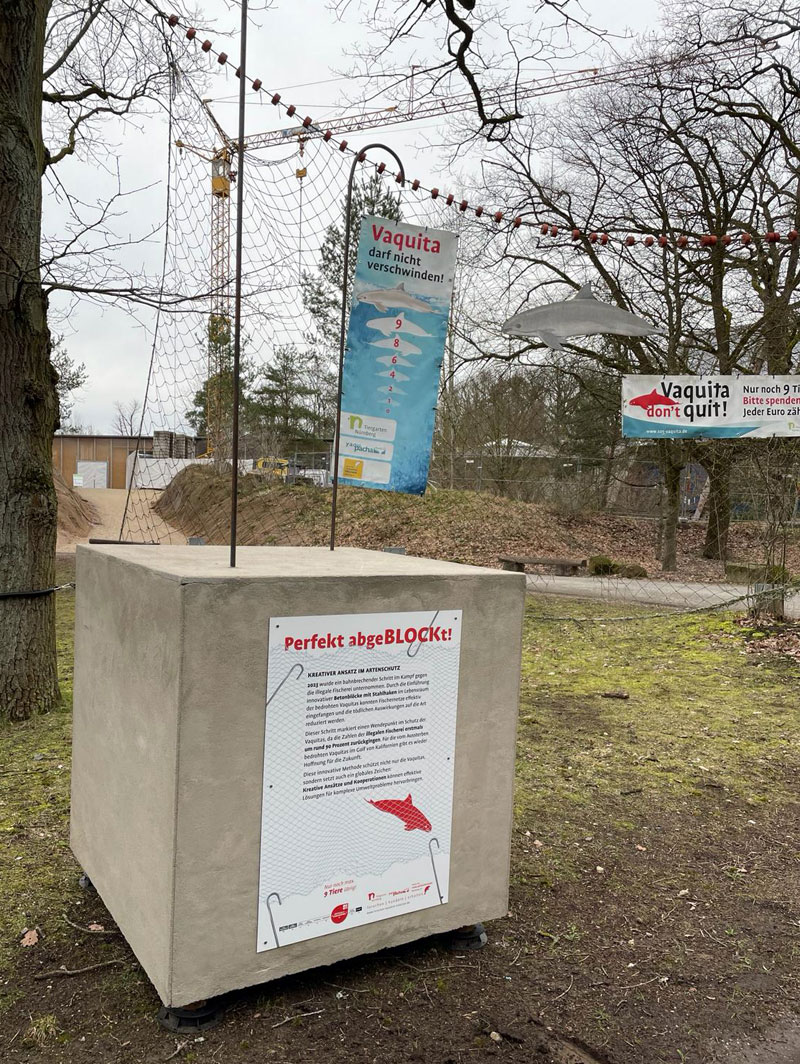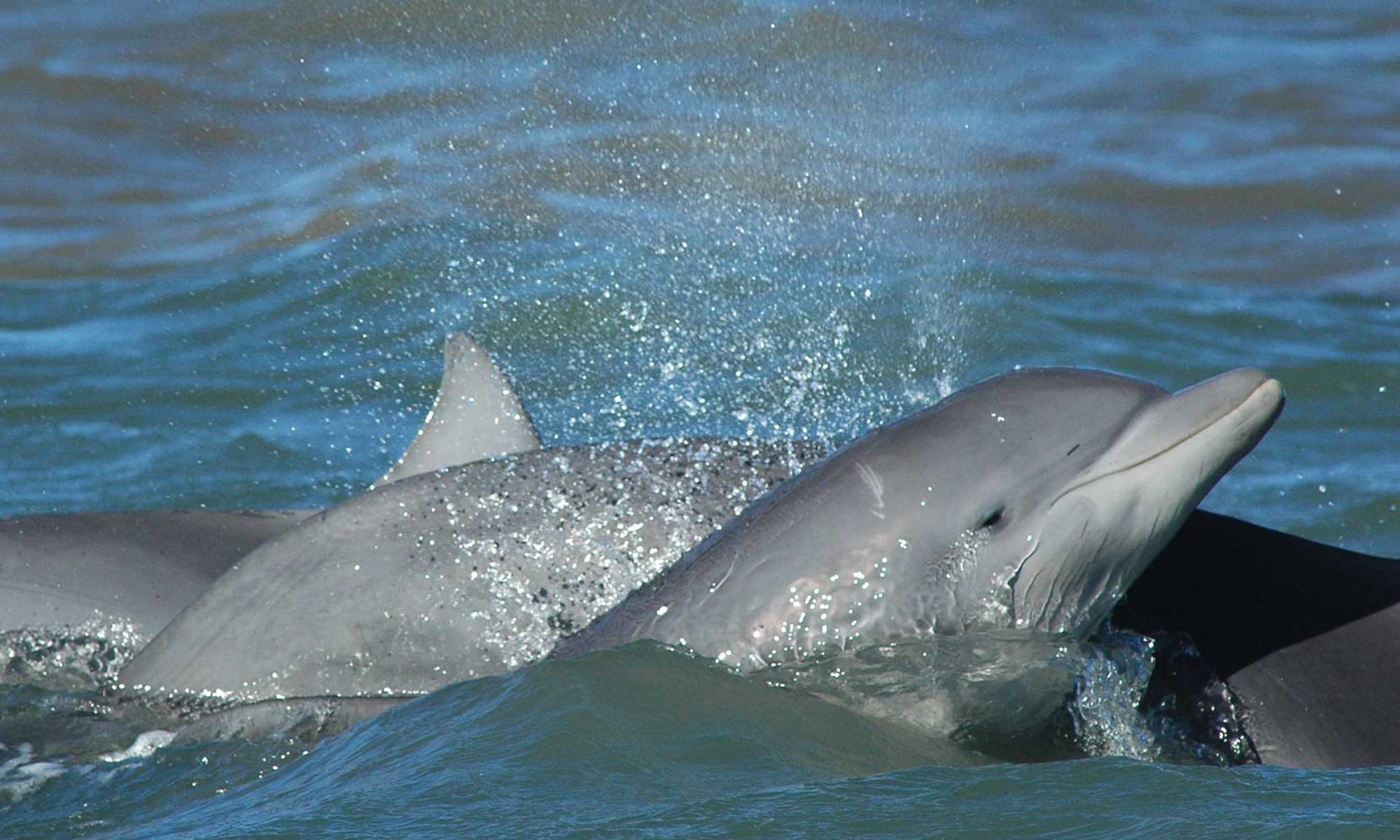The Vaquita Expedition 2024 with numerous experienced researchers took place between May 5 and 26. The study area included the zero-tolerance zone (ZTZ) and a new expansion zone (EZ). This year, 9 vaquitas were sighted, fewer than last year (16), but the acoustic encounters increased from 61 to 70. The lower number of sightings in the CTC does not necessarily mean that the population is decreasing, as it is only a small part of its range.
The observers who conducted the expert survey did not see any calves, although a one-year-old vaquita was spotted. They believe that there will likely be 6 to 8 vaquitas left in 2024, with a lower probability of 9 to 11.
This estimate is lower than the 8 to 13 vaquitas spotted in the same area last year. However, all vaquitas sighted in 2024 appeared to be healthy.

One of the highlights of the Vaquita expedition was a new, unique video showing never-before-seen drone footage. These innovative shots offer an unprecedented view of the vaquitas.

Dr Barbara Taylor, who led the expedition, said: "While these results are worrying, the area studied represents only 12% of the total range where vaquitas were observed in 2015. Since the vaquitas move freely within the vaquita conservation area , we need to expand our investigation using acoustic tracking to find out where they are moving. Vaquitas outside the protected area, which is protected by concrete blocks with hooks , need protection from the gill nets, which are their only threat."
YAQU PACHA has been committed to the protection of the vaquita locally for several years, but also informs about the fate of the species in Europe through targeted campaigns .

These concrete blocks with steel hooks were sunk in large numbers in the Gulf of California to keep fishermen away from vaquita habitats.

